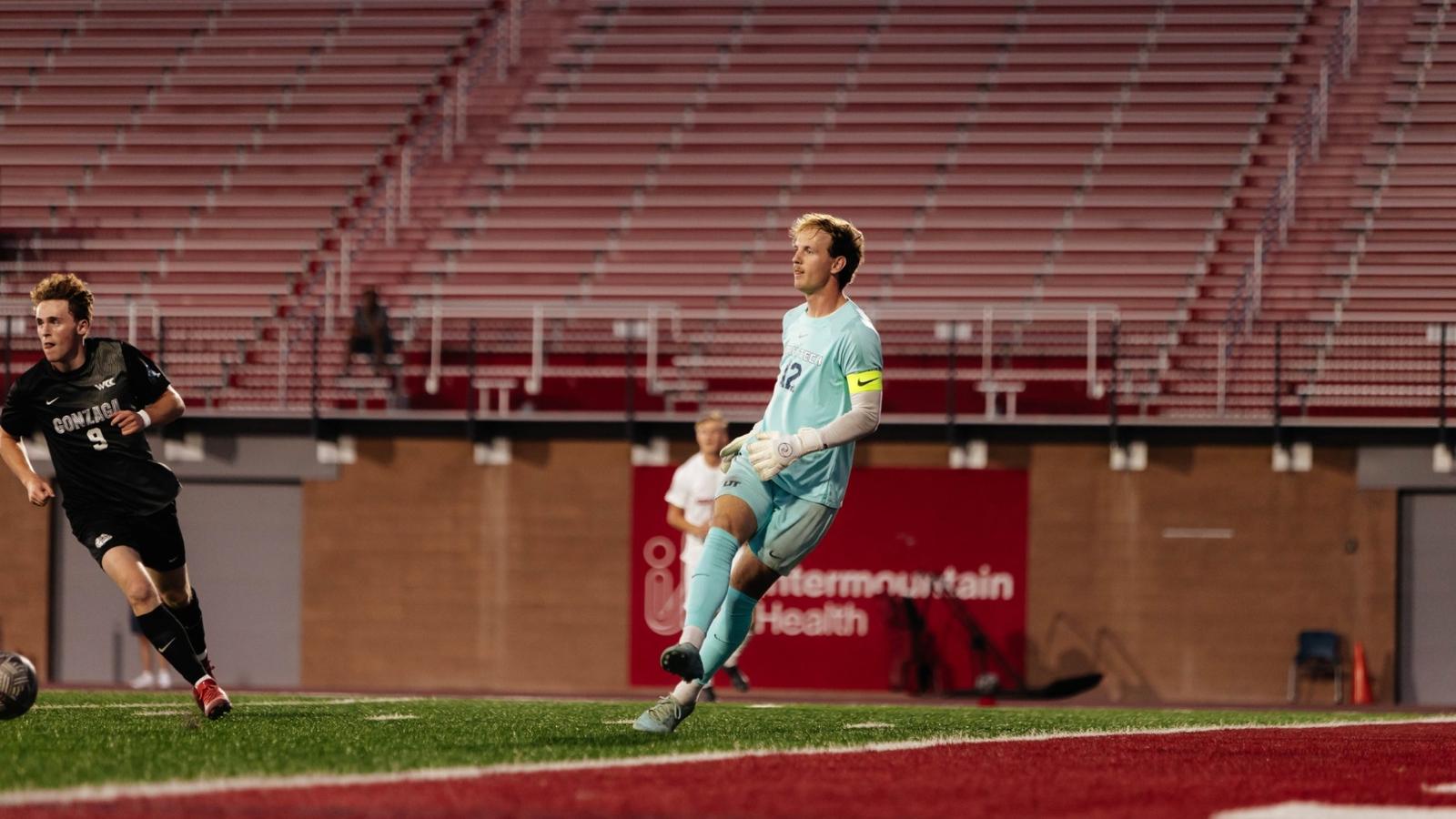BOILING SPRINGS, N.C. – In the team’s final home action of 2025, the Gardner-Webb wrestling team fell to visiting Ohio on Sunday afternoon…
Blog
-

Chicago holiday travelers: Thousands of travelers going through O’Hare, Midway airports, roads as Christmas travel rush begins
CHICAGO (WLS) — The holiday travel rush is on as people make the trip to be with their loved ones. The roads and airports are busy this weekend.
A record number of people are expected to travel.
ABC7 Chicago is now streaming 24/7. Click here to watch
According to the AAA, the worst time to travel is between 1 and 7 p.m. Sunday. At Chicago O’Hare International Airport, hundreds of thousands are projected to come and go as the holiday rush begins.
More than 263,000 people are traveling through O’Hare on Sunday as records continue to fall nationwide with each holiday season.
“We are going to France for Christmas and will be there through new year,” traveler Jeff Brown said. “No presents, we are buying memories.”
“I’m going to Cairo, Egypt,” traveler Talal Awartani said. “I’m going to see my family and attend my cousin’s wedding… on Christmas Day.”
According to the Chicago Department of Aviation, air travel between both of Chicago’s airports is expected to be up 6% compared to the same period last year.
But it’s not just the skies that are busy, so too are the roads. In Illinois alone, some 5.7 million people will be hitting the tollways between now and January 1.
SEE ALSO | Holiday shoppers pack Chicago’s Magnificent Mile on ‘Super Saturday’ looking for last-minute gifts
“Yet again, we’ve done it,” AAA spokesperson Molly Hart said. “Whether it was thanksgiving, for Christmas and year end, we are breaking records. People are getting on the planes, getting on the road and taking other modes of transportation.”
The good news is, despite the long lines and the crowds, delays at O’Hare Sunday were kept at a minimum, averaging only 15 minutes, with very few cancellations being reported.
For one young family off to London, that news was music to their ears.
“First time with our 15-month old, taking the longest trip that he’s ever taken so far,” traveler Ami Modi said.
While Sunday was the busiest air travel day at O’Hare, at Midway Airport, otherwise known as the “busiest square mile in aviation,” crowds aren’t expected to peak until December 27. Either way, allowing plenty of time and patience will be key over the next two weeks.
Copyright © 2025 WLS-TV. All Rights Reserved.
Continue Reading
-

Beavers Claim Comeback Win Over Sun Devils
TEMPE, Ariz. – The Oregon State men’s basketball team overcame an 11-point deficit with under nine minutes to go to claim its first road win over Arizona State since 2007.
The Beavers battled back in the closing minutes, taking the lead on…Continue Reading
-

Fire and Ash’ launches with $88M domestically
NEW YORK — “Avatar: Fire and Ash” opened with $345 million in worldwide sales, according to studio estimates Sunday, notching the second-best global debut of the year and potentially putting James Cameron on course to set yet more…
Continue Reading
-
China Paces Yuan Gains to Shield Exporters, Curbing Carry Trade – Bloomberg.com
- China Paces Yuan Gains to Shield Exporters, Curbing Carry Trade Bloomberg.com
- Yuan heads for longest weekly winning streak since June Business Recorder
- The strengthening of the Chinese yuan may support bitcoin prices Bitget
- China’s yuan edges higher ahead of US inflation print, near 14-month high Forex Factory
- PBOC sets USD/CNY reference rate at 7.0572 vs. 7.0550 previous FXStreet
Continue Reading
-

Video games may be a surprisingly good way to get a cognitive boost
Far from rotting our brains, video games may improve our cognition. But how we play them matters when it comes to the benefits they provide.
By playing video games, “people are practicing complex skills in…
Continue Reading
-
USC 102-63 UC Santa Cruz (Dec 21, 2025) Game Recap – ESPN
- USC 102-63 UC Santa Cruz (Dec 21, 2025) Game Recap ESPN
- USC’s hot shooting too much for Div. III UC Santa Cruz Field Level Media
- USC Men’s Basketball Wraps Up Non-Conference Play against the Banana Slugs USC Athletics
- Southern California tops…
Continue Reading
-

Huskies Sign Graduate Student Goalkeeper Stockton Short
SEATTLE – Following the first national championship in program history, the Huskies have already begun bolstering the squad ahead of the 2026 season. Washington has signed Stockton Short, a graduate student goalkeeper who will be joining the team…Continue Reading
-

Florida Everblades | Needham Nails GWG, Elynuik Scores Twice for 3-2 Florida Win
SAVANNAH, Ga. – Craig Needham snapped a 2-2 tie early in the third period, Hudson Elynuik scored a pair of goals, and Cam Johnson stopped 37 straight shots – including 19 in the third period – as the Florida Everblades…
Continue Reading
-

Gators Home Winning Streak Comes to an End in 74-67 Loss to Tulsa
GAINESVILLE, Fla. — The Florida Women’s Basketball Team erased a 13-point fourth quarter deficit Sunday afternoon, but they couldn’t quite close it out as Tulsa (8-4) finished the game on an 8-0 run. The loss dropped the Gators to 11-3 on the…Continue Reading
